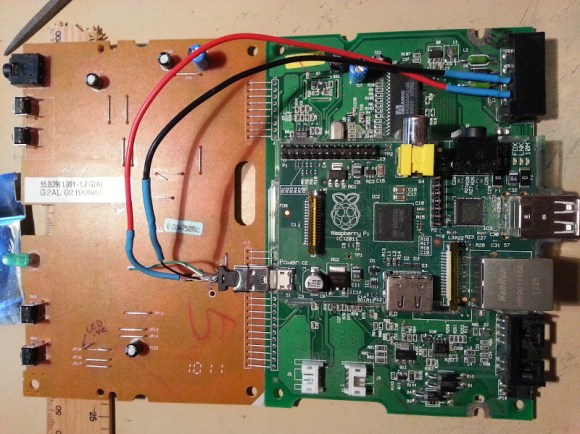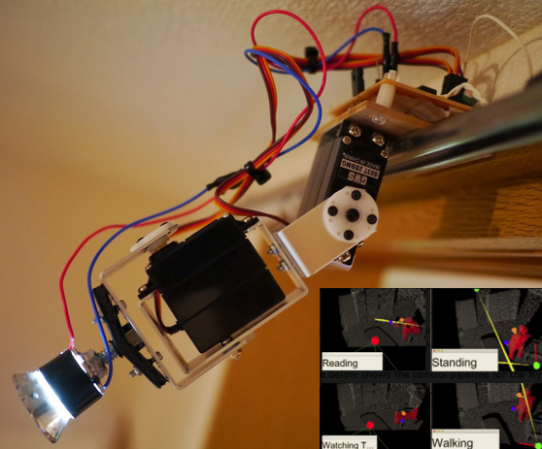 [Luke] isn’t able to declare total victory yet. His LeCroy 9450 oscilloscope repair project has seen some success, though. The glitchy screen seen above is just one of the problems it had, but has now been fixed. When [Luke] got his hands on it, this was one of three screen states: the other two being normal operation or completely dead. Replacing the screen connector was all it took, so he moved on to the second part.
[Luke] isn’t able to declare total victory yet. His LeCroy 9450 oscilloscope repair project has seen some success, though. The glitchy screen seen above is just one of the problems it had, but has now been fixed. When [Luke] got his hands on it, this was one of three screen states: the other two being normal operation or completely dead. Replacing the screen connector was all it took, so he moved on to the second part.
This one is much less trivial. Only one of the two channels works—which might be the point at which many would abandon the repair—but it’s still a fine single-channel scope. [Luke] continued to trouble-shoot by disassembling the bottom of the case and breaking out the device’s schematics. He traced the circuit and found one module that is suspect (and is looking for help finding a replacement). Unfortunately, the problems don’t end there. Another unknown problem is causing erroneous signals on the displayed waveforms. It’s an odd issue but it really feels like he’s close to solving this one!















